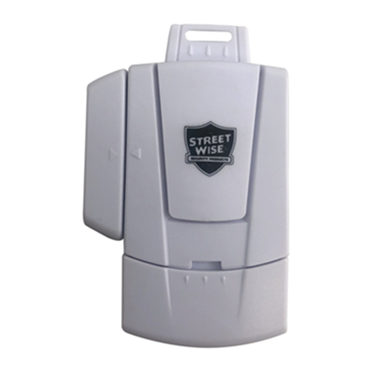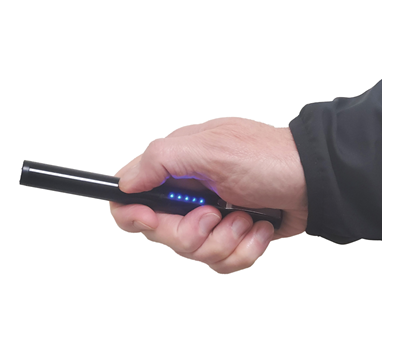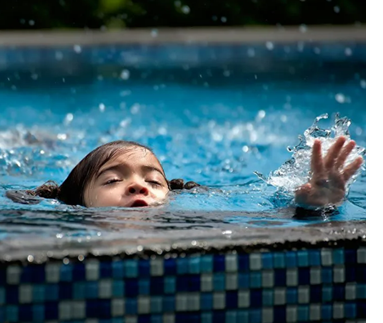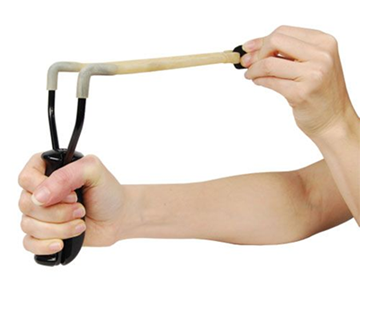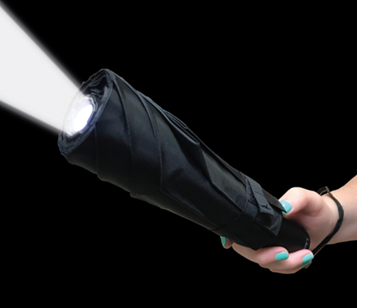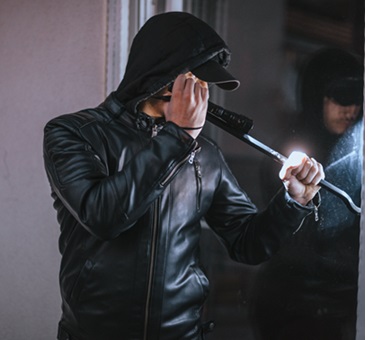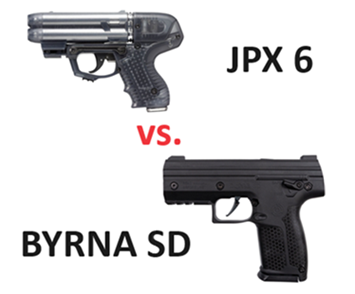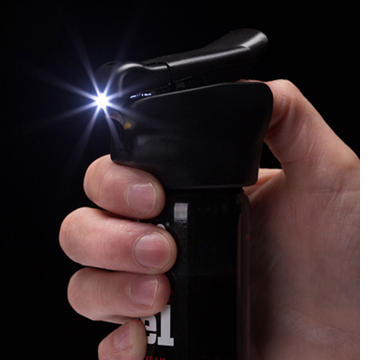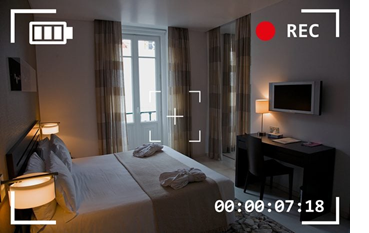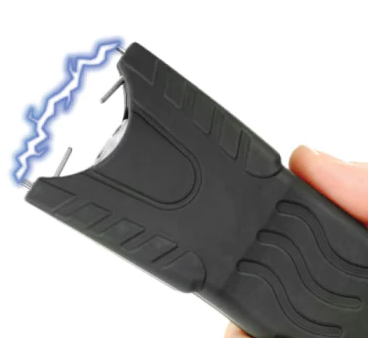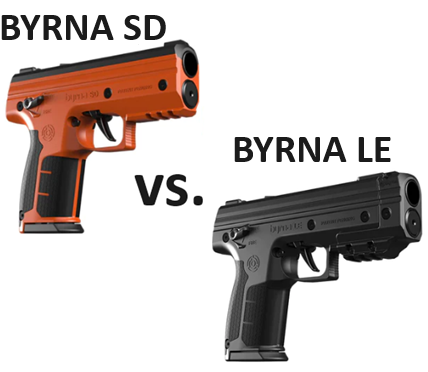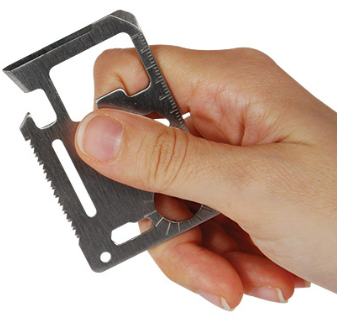How to Choose the Best Trail Camera for Your Outdoor Adventures
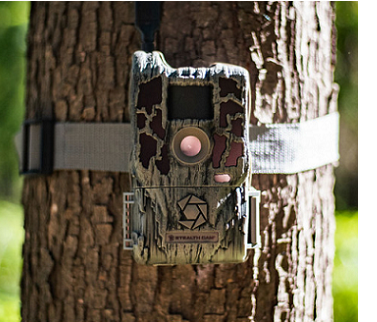 Trail cameras have become an essential tool for hunters, wildlife enthusiasts, and even security personnel. A trail camera, also known as a game camera, is a type of camera that is designed to be used outdoors in remote locations. These cameras are typically used by hunters, wildlife enthusiasts, and researchers to capture images and videos of wildlife and other outdoor activities. Trail cameras are triggered by motion or heat, and they can capture high-quality images and videos of animals in their natural habitat without disturbing them. They are powered by batteries and are designed to withstand harsh weather conditions and other elements.
Trail cameras have become an essential tool for hunters, wildlife enthusiasts, and even security personnel. A trail camera, also known as a game camera, is a type of camera that is designed to be used outdoors in remote locations. These cameras are typically used by hunters, wildlife enthusiasts, and researchers to capture images and videos of wildlife and other outdoor activities. Trail cameras are triggered by motion or heat, and they can capture high-quality images and videos of animals in their natural habitat without disturbing them. They are powered by batteries and are designed to withstand harsh weather conditions and other elements.
When choosing a trail camera, there are several factors to consider, including the type of camera, camera resolution, trigger speed, detection range, battery life, and durability. In this blog post, we will discuss the different types of trail cameras and what to consider when buying a trail camera.
Types of Trail Cameras
-
Infrared Trail Cameras use infrared technology to detect heat and motion and capture images and videos in low-light conditions. These cameras are ideal for night-time surveillance and can capture clear images without using a flash, which could startle wildlife. Infrared trail cameras come in two types: low-glow and no-glow. Low-glow cameras emit a faint red light when the flash is triggered, while no-glow cameras are completely invisible.
-
Wireless trail cameras are designed to send images and videos directly to your phone or computer. These cameras use cellular networks or Wi-Fi to transmit data, allowing you to view real-time images and videos without having to visit the camera location. Wireless trail cameras are ideal for remote locations or properties that are difficult to access.
-
Cellular trail cameras are similar to wireless trail cameras, but they use cellular networks to transmit data. These cameras require a SIM card and a data plan, but they can send images and videos directly to your phone or computer without relying on Wi-Fi. Cellular trail cameras are ideal for properties that do not have Wi-Fi access or for monitoring large areas.
-
Time-lapse trail cameras capture images at regular intervals, such as every minute or every hour. These cameras are ideal for monitoring changes in vegetation, weather patterns, or animal behavior over a period of time. Time-lapse trail cameras can also be used to create videos or animations of natural processes.
Factors to Consider When Buying a Trail Camera
-
Camera resolution refers to the number of pixels in an image. The higher the resolution, the clearer and more detailed the image will be. Most trail cameras have a resolution of 10-20 megapixels, but some high-end cameras can capture images up to 30 megapixels or more.
-
Trigger speed refers to the amount of time it takes for the camera to take a photo or video after detecting motion. A fast trigger speed is important for capturing fast-moving animals or for capturing multiple images of the same animal. Most trail cameras have a trigger speed of 0.5 to 1 second, but some high-end cameras can capture images in less than 0.1 seconds.
-
Detection range refers to the distance at which the camera can detect motion. A larger detection range is important for monitoring large areas or for detecting animals at a distance. Most trail cameras have a detection range of 50 to 80 feet, but some high-end cameras can detect motion up to 100 feet away.
-
Battery life is an important factor to consider when buying a trail camera. Most trail cameras are powered by AA batteries, but some cameras have built-in rechargeable batteries. Longer battery life means less time spent changing batteries and more time spent monitoring wildlife. Most trail cameras have a battery life of 6 to 12 months, but some cameras can last up to 2 years or more.
-
Durability is an important factor to consider when buying a trail camera. Trail cameras are designed to be used in outdoor environments and should be able to withstand harsh weather conditions and other elements. Look for cameras with a rugged and durable design that is waterproof and can withstand extreme temperatures.
-
Finally, consider your budget when buying a trail camera. Trail cameras can range in price from less than $50 to over $500, depending on the features and capabilities. Determine how much you are willing to spend and look for a camera that meets your needs within your budget.
Conclusion
Trail cameras are an essential tool for outdoor enthusiasts, hunters, and researchers. When choosing a trail camera, consider the type of camera, camera resolution, trigger speed, detection range, battery life, durability, and budget. Infrared trail cameras are ideal for night-time surveillance, wireless and cellular trail cameras allow for remote monitoring, and time-lapse trail cameras are ideal for long-term monitoring. Consider your specific needs and choose a trail camera that will help you capture high-quality images and videos of wildlife and other outdoor activities. With the right trail camera, you can gain a unique perspective about the natural world and gain valuable insights into animal behavior and movements.

